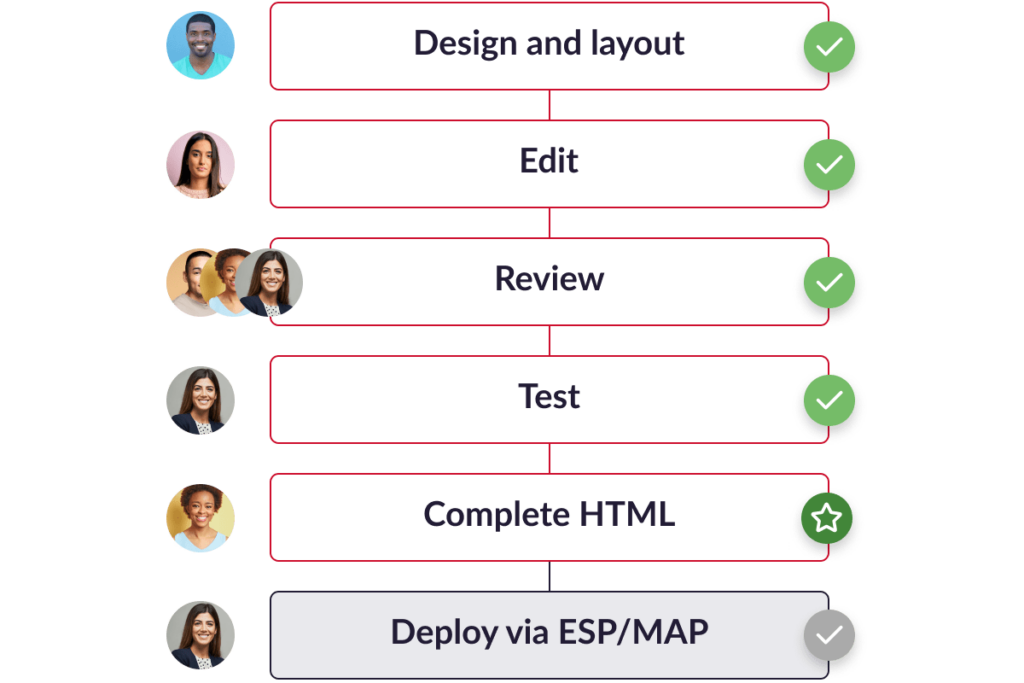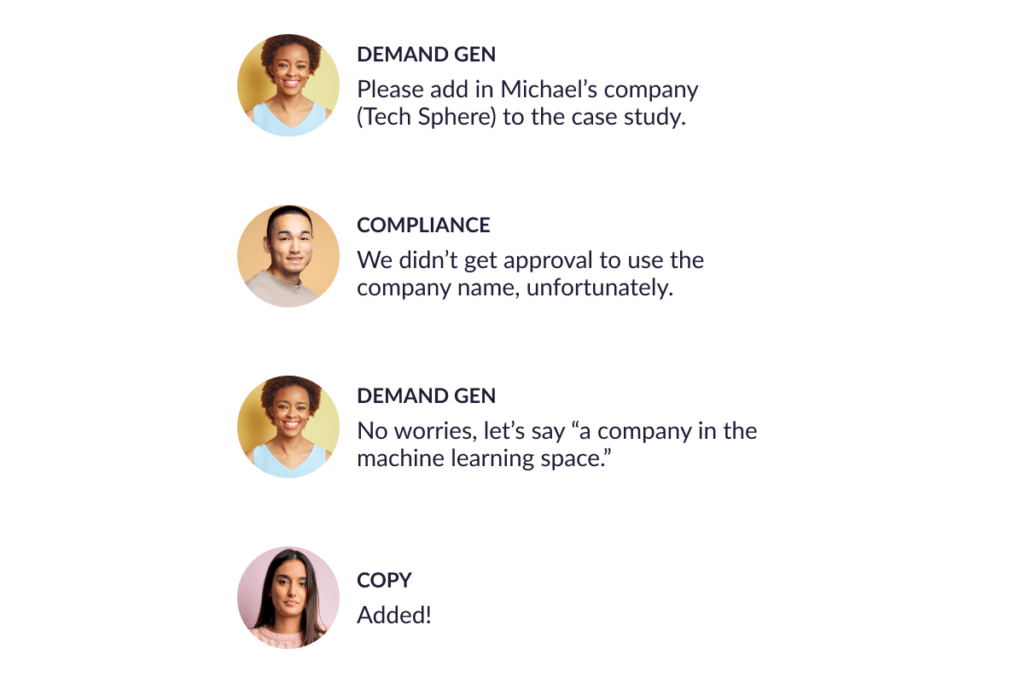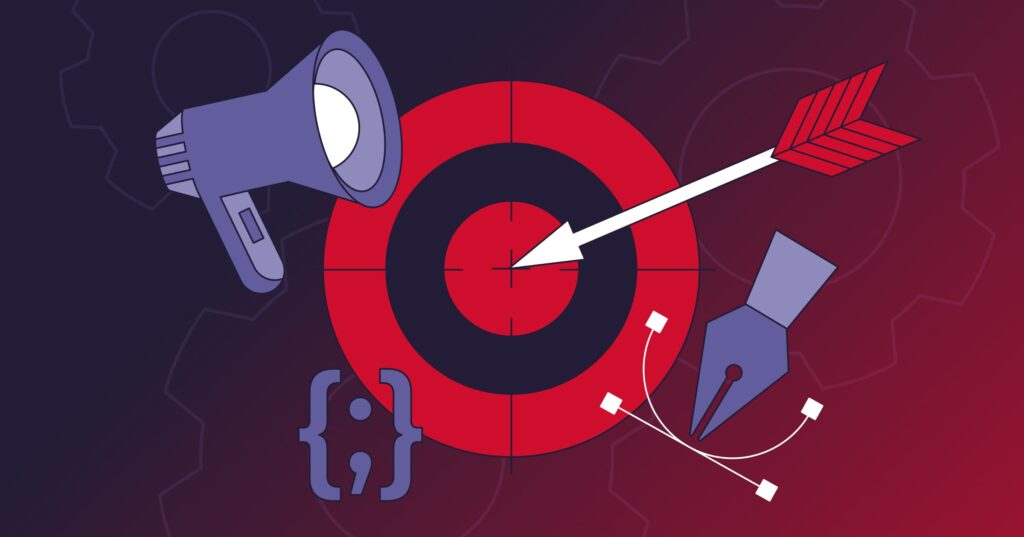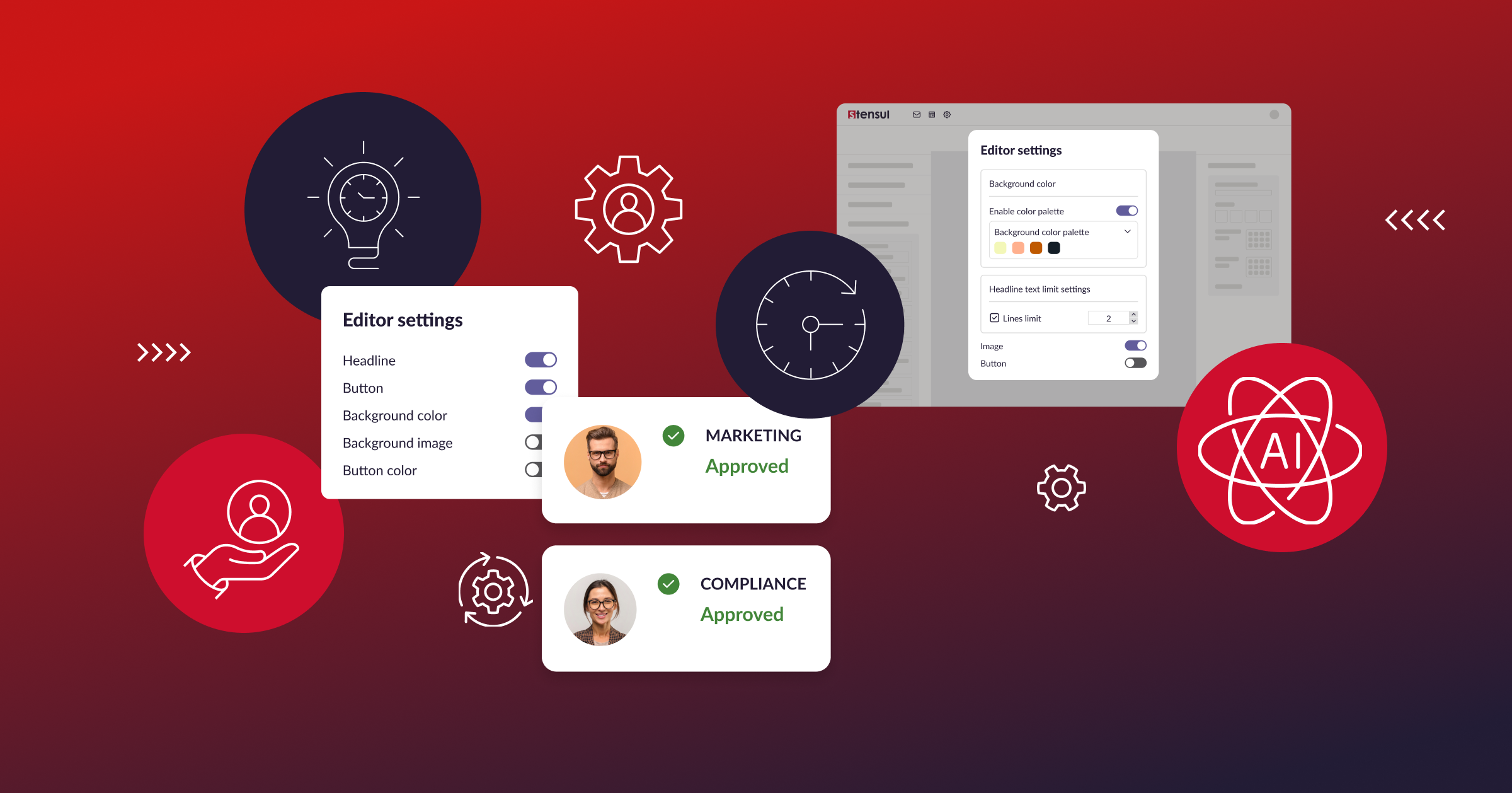Email, as a marketing channel, has never been more important, driven in large measure by the impact of the global pandemic. In particular, the frequency of communicating with customers via email has increased, leading to substantial numbers for email marketers. According to Omnisend, year-over-year open rates for the pre-COVID period (Jan. 1-Mar.15) were up 2.44%, while the post-COVID period (Mar.16-Apr.26) saw a 31.54% lift in 2020 alone.
And that means the teams creating those emails have also never been more important, especially when it comes to campaigns being efficient and able to perform well. Regardless of your actual job title, if you lead people involved in the email creation process, finding ways to manage them to drive greater efficiency and better performance must be a top priority today.
Over the years, Stensul has worked with some of the biggest and best B2C and B2B brands in the world to help empower their email teams to create better emails faster. In the course of those interactions, we’ve come to understand marketing teams and what leaders can do to make them more efficient and, in the process, create campaigns that perform better.
In this blog post, we’re laying out all that we’ve learned to help email marketing team leads be more effective and efficient.
Four keys to being a great email team leader
In our dealings with teams creating emails at large enterprises as well as emerging high-growth companies, we found there are four keys to being a leader who has their team excelling at every phase of the creation process. This leader lets:
- Marketers do marketing, not design or code
- Designers focus on the real creative challenges
- Developers develop the MarTech stack, not emails
- The team uses the right email creation technology
1. Marketers do marketing, not design or code
In the email creation process marketers shouldn’t figure out which brand-approved header to use or deal with HTML or find the perfect hero image. Those are tasks best handled by designers and developers. Instead, marketers should:
- Plan the purpose of the email
- Prepare an email brief that acts as a playbook all can follow
- Own the project and direct the team
The marketer is the quarterback of the team, calling the plays that get the project over the goal line. A well-conceived and managed creation process that shows a high degree of strategic thought as well as a high degree of content/design quality and gets emails out on time is largely their responsibility. As the leader, start with your marketers to help your team achieve greater efficiency and better performance.

One way to get started is to ask your team to complete the SPEED Framework we developed to help identify possible bottlenecks and road blockers in your team’s workflow. Doing so will showcase the moments that marketers may not be empowered to work to their best abilities.
2. Designers focus on the real creative challenges
Creatives should be, well, creative. Unleash your designers’ creativity by not having them design sections of the email that really don’t need design, such as text sections, the company header, the footer, and other areas that are standard parts of an email template. Plus, your designers don’t need to be laying out the entire email in Photoshop or Illustrator. For many, that Creation Operating Model leads to severe bottlenecks when the design makes its way to be coded and then to your ESP or MAP.
To manage designs effectively, create an SLA, an agreement between you and the designer. If you submit a request, the designer should get back to you with what you need by a certain amount of time. Doing so will make the process much easier for them because you are providing the specs of the deliverable.
Managing designers—and leading them to be top performers—doesn’t involve learning additional technologies or employing specific design tactics. It’s about simplifying their role so they can focus on creative challenges. This approach will mean big gains for the email creation process as a whole.
3. Developers develop the MarTech stack, not emails
Here’s something you might not be aware of: Companies can create most emails without a developer. Developer-free options include using the email builder in an ESP or an email creation platform and providing templates and modules email creators can use over and over again.
Developers aren’t required to drag and drop elements within your ESP’s builder. Nor should they be asked to build templates for each email. Of course, they may be required to address email efforts with a ton of customization or sophisticated logic.
But if you want to lead developers to greater efficiency, set parameters and put processes in place for when to involve them based on the sophistication of the email rather than wasting their time on straightforward emails.
The best way to manage developers is to move to a modular design approach. That approach breaks your emails and email templates into modules developers can code block by block. They code an element in an email (say a header or a text block) one time so non-technical marketers simply need to change out the content.

When you assess your Creation Operating Model, you pinpoint where exactly inefficiencies arise. Only then can you spot areas in which developers’ skills are bing bogged down with tasks that can easily be resolved with modular email templates and built-in guardrails. This removes the need for developer resources or knowledge of HTML and lets non-technical members of your marketing team create bulletproof, on-brand, and responsive emails with prebuilt modules. Take this approach and your developers will thank you for it because it will free them up to tackle higher performance work and improve your business’ marketing automation.
4. The team uses the right campaign creation technology
Today’s MarTech stacks are often wide and diverse, yet many of those tools don’t effectively talk to each other. Campaign creation for far too many teams is about specialists using single-purpose tools, operating in silos.
For most teams creating campaigns today, there’s a complete lack of real-time communications, and, obviously, efficiency. Just consider the lengthy email threads on comments and corrections and the back-and-forth with a developer when there’s even the simplest of errors. That’s one of the reasons why creating emails takes so much time, is so complicated, and costs so much.

Now that AI-led creation is more prevalent than ever, there’s even more need for tools that can bring marketing experts together.
Simply put: True collaboration with guardrails is absent from this way of creating emails. Collaboration is so key to empowering teams to do their best work. It enhances creativity, improves communication, and moves us faster to effective solutions, such as being able to create more and better emails faster.
The future of email campaign creation
An email creation process centered on an efficient workflow, AI-led creation, and governance will unlock the best from your team. The best process brings your email creation team together in a productive circle of feedback and ensures all branding and regulatory requirements are accurate and up-to-date 100% of the time. In that kind of process, creating effective emails takes hours, not days.
To achieve that result, you need to use the right technology—one that will make an impact on your email creation team and your company. Leaders who understand that use an email creation platform. To learn more about why email creation needs to be your top priority, download our free eBook.


